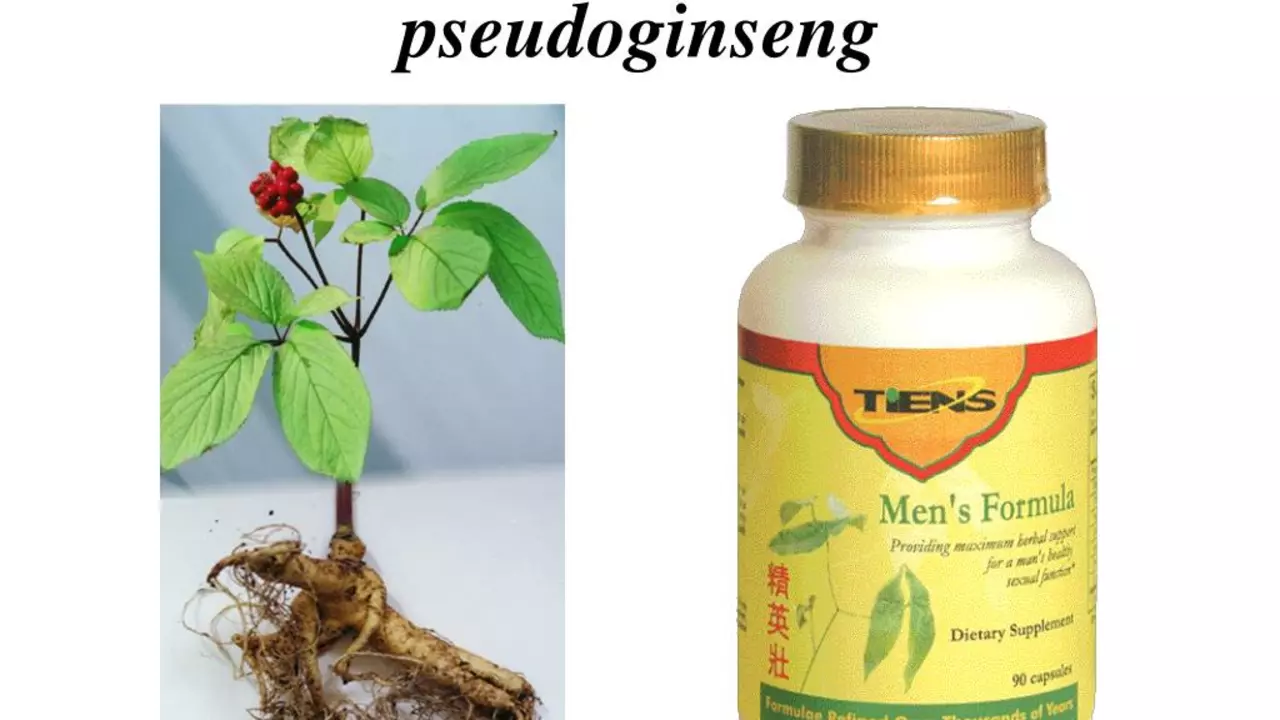Panax pseudoginseng (notoginseng): what it is and why people use it
Panax pseudoginseng, often called notoginseng or sanchi, is a traditional Asian herb used for circulation and recovery. You’ll find it as whole root, powdered herb, or concentrated extracts in capsules and teas. People take it to support circulation, reduce bruising after minor injuries, or as part of traditional herbal blends.
If you’re curious because of a specific health goal—say faster recovery after a sports injury or better circulation—this plant often comes up in herbal circles. It’s not a miracle cure, but many users report noticing subtle improvements when they use it consistently for a few weeks.
What people use it for (and what the evidence says)
Traditional medicine uses notoginseng for bleeding control, inflammation, and improving blood flow. Modern studies—mostly small trials from China—look at its active compounds called saponins. Some trials suggest it can help circulation and reduce swelling after injury. That said, evidence is mixed and usually limited in size, so think of it as supportive rather than definitive.
Want a practical example? Athletes sometimes add a standardized extract for a short period during rehab to help with bruising and soreness. Others use a capsule form daily as part of a circulation-focused regimen. Results vary, and personal response matters.
Safety, dosing, and smart buying tips
Safety first: notoginseng can affect blood clotting. If you take blood thinners (warfarin, aspirin, clopidogrel) or have bleeding disorders, talk to your doctor before trying it. Also check with your provider if you’re pregnant, breastfeeding, or on blood pressure meds—there can be interactions.
Dosing varies by product. Traditional decoctions often used a few grams of root; modern extracts commonly range from 200–600 mg per day, depending on concentration. Stick to the label or follow a practitioner’s advice. Start low and watch for side effects like stomach upset, dizziness, or unusual bruising.
Buying tips: choose brands that list the botanical name (Panax pseudoginseng or Panax notoginseng), show the extract ratio or saponin content, and use third-party testing for purity and heavy metals. Avoid vague labels like “proprietary blend.” Look for clear dosage instructions and customer reviews from verified buyers.
Storage is simple: keep capsules and powders in a cool, dry place away from sunlight. If you plan to brew tea, know the taste is mildly bitter; mixing with ginger or honey helps.
Bottom line: Panax pseudoginseng can be a useful herbal option for circulation and recovery, but treat it like any active supplement—check interactions, use a trusted brand, and monitor how your body responds. When in doubt, ask a healthcare provider who knows herbs.

